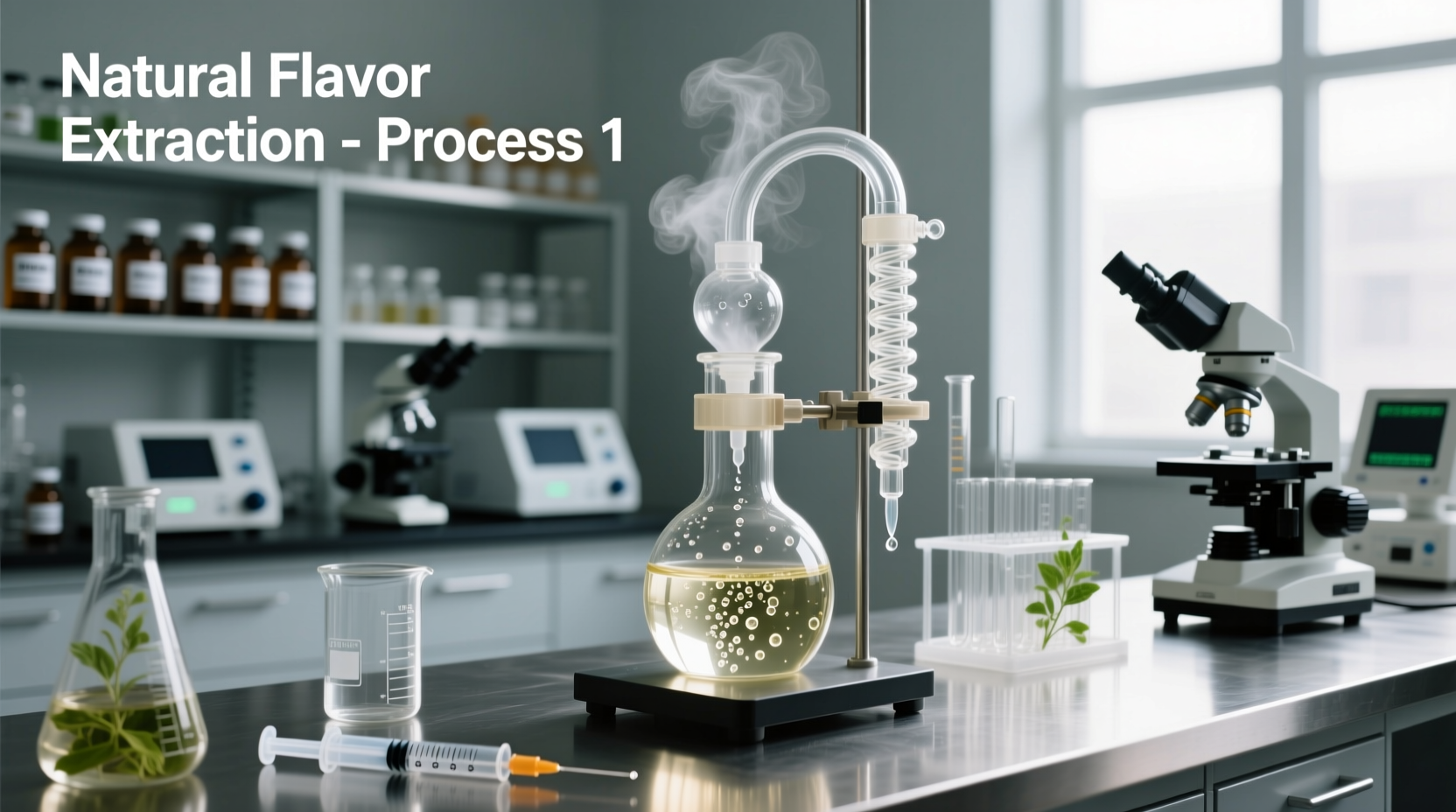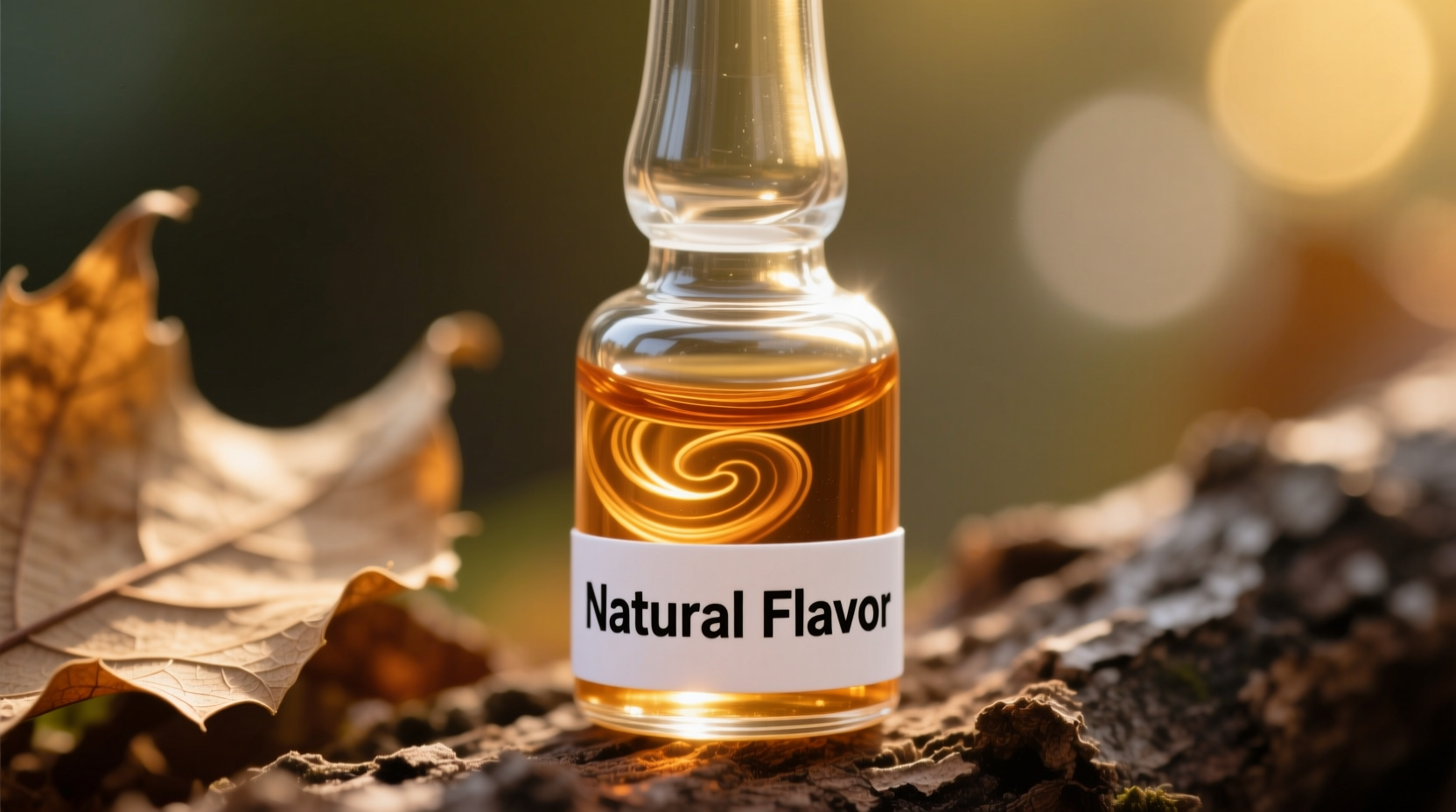Understanding Natural Flavors: Beyond the Label Hype
When you see "natural flavors" on a food label, you're encountering one of the most misunderstood terms in modern food science. This simple phrase represents a complex category of ingredients that affects nearly 95% of processed foods in the American marketplace. Understanding what natural flavors really are—and aren't—empowers you to make informed choices about what you consume.
The Science Behind Natural Flavor Creation
Natural flavors begin with source materials like fruits, vegetables, herbs, spices, meat, or dairy. Food scientists then use various techniques to extract and concentrate the flavor compounds:
- Distillation - separating volatile compounds through heating and cooling
- Expression - mechanical extraction (like cold-pressing citrus oils)
- Enzymatic processes - using enzymes to break down materials and release flavors
- Fermentation - microorganisms transforming raw materials into flavor compounds
Contrary to popular belief, "natural" doesn't mean simple or minimally processed. A single natural flavor can contain dozens of components, though manufacturers only need to list it as "natural flavors" on ingredient labels.

Natural vs. Artificial: Clearing Up Confusion
| Characteristic | Natural Flavors | Artificial Flavors |
|---|---|---|
| Source Material | Plant or animal origin | Synthetic chemical origin |
| Chemical Structure | Identical to compounds found in nature | May mimic natural compounds or be entirely novel |
| Processing Complexity | Often highly processed | Chemically synthesized |
| Labeling Requirement | Listed as "natural flavors" | Listed as "artificial flavors" or specific chemical names |
| Cost | Generally more expensive | Typically less expensive |
Interestingly, the chemical composition of natural and artificial flavors can be identical. Vanillin, the primary component of vanilla flavor, can be extracted from vanilla beans (natural) or synthesized from wood pulp derivatives (artificial), yet the molecules are chemically indistinguishable.
The Regulatory Timeline: How Flavor Definitions Evolved
Understanding the historical context of flavor regulation reveals why today's definitions exist:
- 1906 - Pure Food and Drug Act establishes first food safety regulations but lacks specific flavor definitions
- 1938 - Federal Food, Drug, and Cosmetic Act introduces regulatory framework for food additives
- 1969 - FDA issues first formal definition of "natural flavor" as part of flavoring regulations
- 1993 - FDA publishes final rule (21 CFR § 101.22) defining natural flavors for labeling purposes
- 2016 - FDA begins reviewing natural flavor regulations amid growing consumer concerns
- 2023 - Petition filed requesting greater transparency in natural flavor labeling
According to the FDA's official guidance, natural flavors must be derived from natural sources but can include processing aids and solvents that wouldn't qualify as "natural" on their own.
When Natural Flavors Matter (and When They Don't)
Natural flavors serve specific purposes in different food contexts:
- Product consistency - Ensuring uniform taste across batches despite seasonal variations in raw materials
- Cost management - Providing flavor intensity at lower cost than using whole ingredients
- Shelf stability - Creating flavors that maintain quality during storage
- Allergen management - Using processed flavors that remove problematic proteins
However, natural flavors become problematic when:
- They mask poor-quality base ingredients
- They're used in products marketed as "all-natural" or "clean label" without transparency
- They contain undisclosed allergens or problematic additives
- They create consumer confusion about a product's actual composition
Practical Guidance for Consumers
Navigating natural flavors requires understanding both their benefits and limitations:
Reading Between the Lines
When evaluating products with natural flavors, consider these questions:
- Is the natural flavor enhancing a whole food, or compensating for a highly processed base?
- Does the product contain other artificial additives despite the "natural flavors" claim?
- Would the product taste acceptable without added flavors?
When to Seek Alternatives
Consider avoiding products with natural flavors when:
- You have specific food sensitivities (natural flavors can contain hidden allergens)
- You're seeking minimally processed whole foods
- The product makes "clean label" claims while using vague flavor terminology
Questions to Ask Manufacturers
Reputable companies will often provide additional information when asked:
- "What specific source materials are used in your natural flavors?"
- "Do your natural flavors contain any common allergens?"
- "Are any solvents or processing aids used in your flavor extraction?"
Looking Forward: Transparency in Flavor Labeling
Consumer demand for transparency continues to grow, with 68% of shoppers expressing concern about undisclosed ingredients in natural flavors according to a 2024 USDA Economic Research Service survey. While current regulations allow significant discretion in flavor formulation, several food companies are voluntarily providing more detailed flavor information to build consumer trust.
As you navigate food choices, remember that "natural flavors" represent a technical category with specific regulatory meaning—not necessarily a guarantee of simplicity, healthfulness, or minimal processing. Understanding this distinction helps you make informed decisions aligned with your personal values and dietary needs.











 浙公网安备
33010002000092号
浙公网安备
33010002000092号 浙B2-20120091-4
浙B2-20120091-4